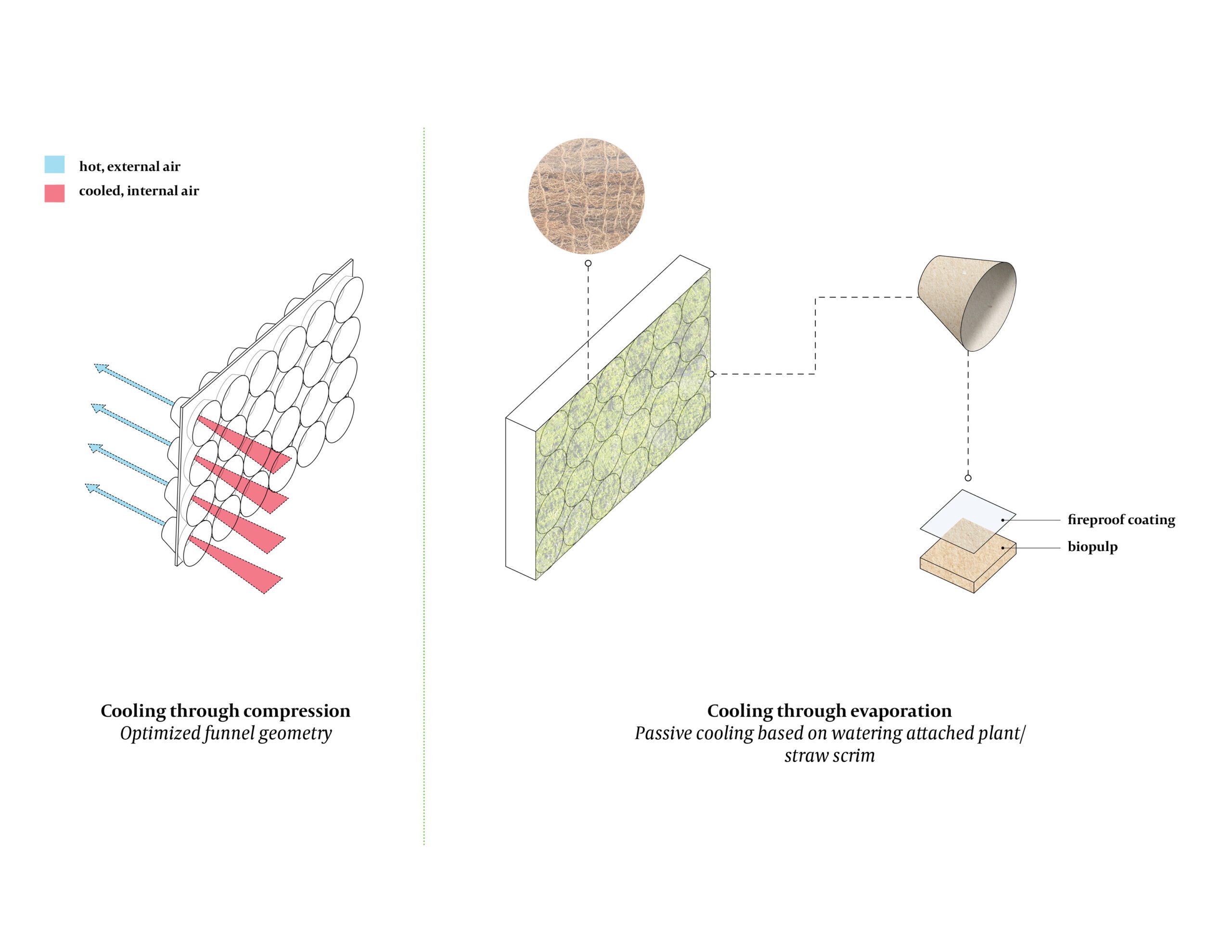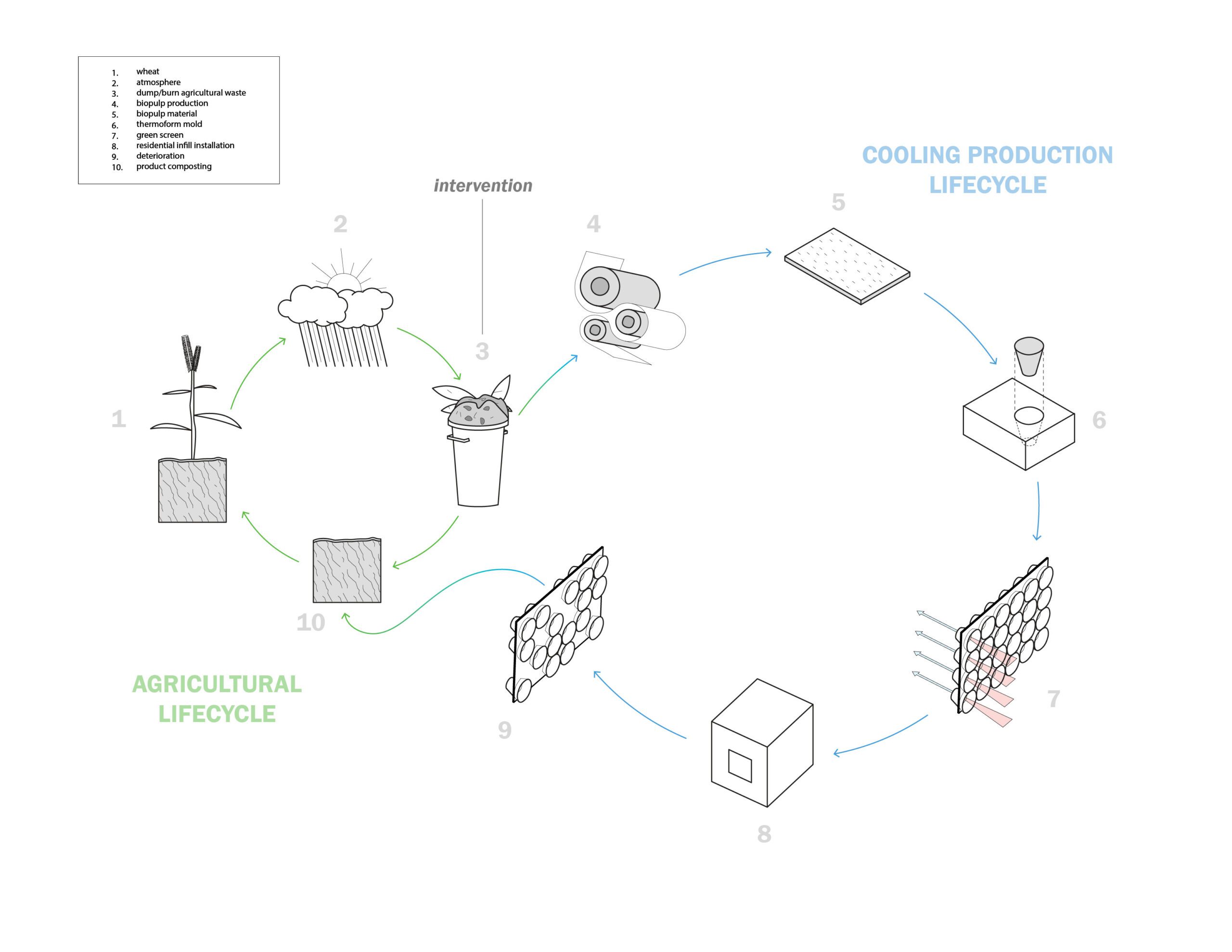The Mittal Institute’s Seed for Change Program (SFC) aims to develop a vibrant ecosystem for innovation and entrepreneurship in India and Pakistan through an annual competition. Through SFC, grant prizes are awarded to interdisciplinary student projects that positively impact societal, economic, and environmental issues in India and Pakistan.
We spoke to Gina Ciancone from “Green Screen,” the winning team for India. She discussed the genesis of the project and gave advice to students thinking about entering next year’s competition.
Tell me about the genesis of your project and why this project is important to you.
I led the design of Green Screen throughout a semester-long course taught by Professor Tarun Khanna at Harvard College. The course, “Contemporary Developing Countries,” focused on analyzing the impacts of entrepreneurial solutions to intractable problems in Africa, Asia, and Latin America. Our team focused on problems facing the world’s fastest growing megacity – New Delhi, India.
Alongside global health practitioners from the Harvard Chan School of Public Health and another designer from the Harvard Graduate School of Design, I developed Green Screen as a solution that could simultaneously address the inter-connected problems of air pollution and extreme heat. Green Screen is a zero-electricity air-cooling panel made entirely of agricultural waste, which would have otherwise been burned by farmers and further contributed to air pollution. In fact, over 27 million tons of agricultural waste are burned annually, exposing nearly 22 million people to the worst air quality in the world. Such intense air pollution also traps in heat within the city of New Delhi and leads to deadly heat waves.
Our solution simultaneously incentivizes an alternative use to excess agricultural waste and transforms “waste” into a product used to cool those most at risk from extreme heat. Green Screen developed through multiple phases of design-thinking: data analysis of heat and pollution in Delhi, as well as a needs assessment of slum communities lead to a fast design charrette of possible solutions which were combined and edited to create a breakthrough idea. As a designer trained in both architecture and urban planning, I am accustomed to working at different scales, which is reflected in the product’s design and projected scalability from a passive cooling screen to a passively cooled building.
My interdisciplinary background and the diversity of the current team, which is composed of a materials scientist, atmospheric chemist, and physician, allowed for the development of an entirely new, unprecedented product. Ultimately, Green Screen is the result of creative problem solving – it utilizes elements from a designer’s toolkit to integrate experimentation, technological possibility, and business success to arrive at an innovative solution. Green Screen represents the intersection of my own training in product design and urbanism. This product will prove that design thinking is a necessary component to impact intractable problems.
What are you most looking forward to in the next steps of your project?
As with any collaborative project, the most rewarding part is learning from those with whom you work. Green Screen’s diverse team of scientists, designers, and global health specialists built a culture of creativity that innovated a breakthrough solution to two of the world’s biggest problems: extreme heat and air pollution. I am thrilled to be working alongside energetic, intelligent, and optimistic professionals whose training is vastly different from my own. The professional diversity allows us to challenge each other to design stronger, more refined solutions during the development process.
While we have already iterated several prototypes of Green Screen, testing to learn (rather than testing to validate) will be a revealing and exciting moment of the project. This summer we will test the screen’s cooling effectiveness at NASA Johnson Space Center in Houston, Texas, and receive feedback from engineers and sustainability specialists. Within the coming months, we will be working closely with our sponsors in India, Chintan and WIEGO, to survey housing conditions of target communities, purchase wheat stubble from farmers outside of New Delhi, and implement a pilot product. To really understand the community, we need to be out in the context with people, working with them in their own spaces. I am greatly looking forward to seeing how our passionate team will attract and mobilize more people to gain momentum and achieve lasting change.
Do you have any advice to share with people thinking of applying next year?
My biggest piece of advice is get started! Real innovators do not fear failure. As a designer, I have been trained to “fail fast,” in order to quickly iterate to a more optimized solution. In non-design professions, mistakes are often stigmatized as a road-block instead of an opportunity to adapt. Future teams should be open to these well-intentioned mistakes during the conceptualization and idea-generating stages of their project. Often, “failures” can lead to a novel solution and spotlight sources of new learning.
Gina Ciancone, Designer + Founder
Harvard Graduate School of Design
David Costanza, Materials Scientist
Rice University School of Architecture
Dan Cusworth, Atmospheric Chemist
Harvard University School of Applied Engineering
Ramya Pinnamaneni, Global Health Speciality
Harvard TH Chan School of Public Health
Professor Rahul Mehrotra, Advisor
Harvard Graduate School of Design
Acknowledgments:
Professor Tarun Khanna
Professor Martha Chen
Vladimir Gintoff
Alex Robinson
Priya Patel


